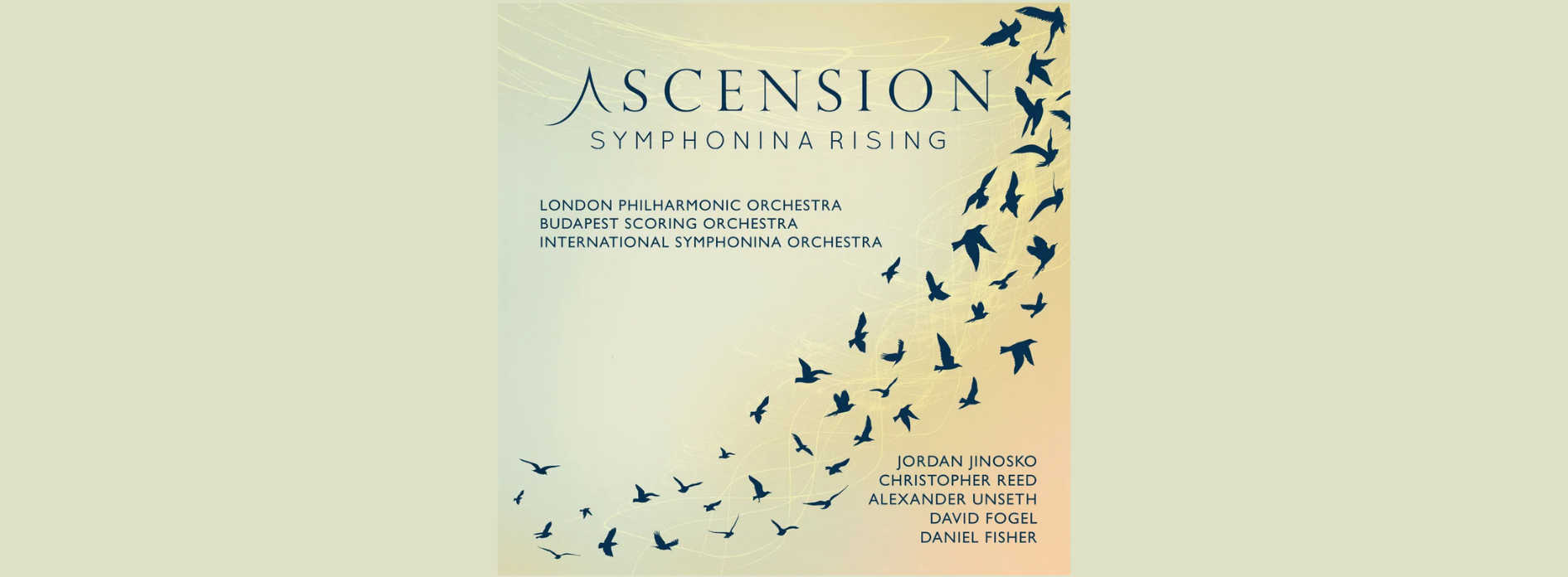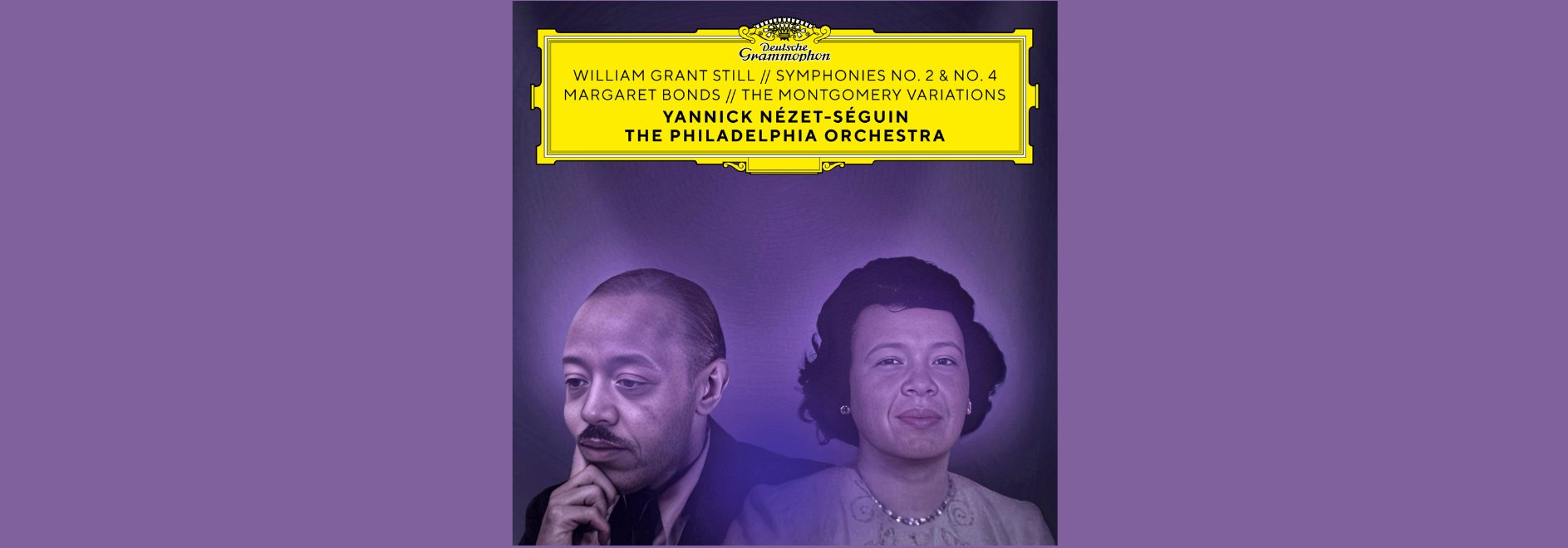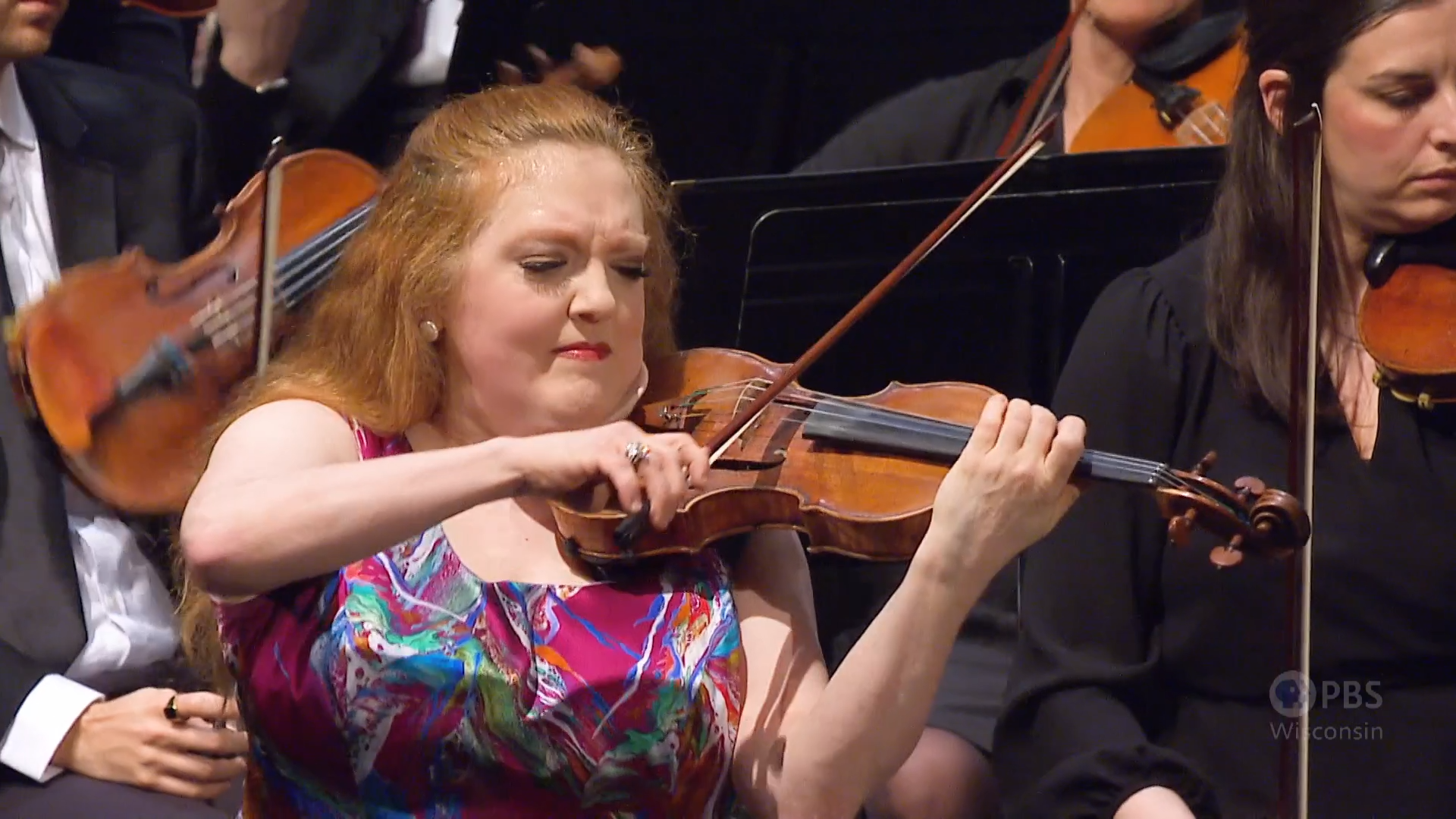The Great Depression was a difficult time for most Americans, including musicians. In 1936 Virgil Thomson was a forty-year-old composer struggling for recognition and cash. His friend John Houseman recommended Thomson to a documentary filmmaker named Pare Lorenz. Lorenz had already interviewed other composers, including Aaron Copland, by the time he talked to Thomson. Thomson’s first concern was not aesthetics.
Lorenz explained that the film was a documentary about cattle raising, wheat growing, and dust storms on the Western plains. Its sponsor was the United States Resettlement Administration, which wanted to justify its program of assisting refugees from devastated areas. Lorenz asked Thomson if he could imagine writing music for it.
“How much money have you got?” Thomson asked.
News with a little more humanity
WPR’s “Wisconsin Today” newsletter keeps you connected to the state you love without feeling overwhelmed. No paywall. No agenda. No corporate filter.
Lorenz said that the costs of the orchestra, conductor, and recording left only about five hundred dollars for the composer.
“Well,” Thomson said, “I can’t take from any man more than he’s got, though if you did have more I would ask for it.”
Lorenz hired him on the spot. “All those high-flyers,” he said, “talk nothing but aesthetics. You talk about money; you’re a professional.”
Thomson set about acquainting himself with the film by watching it over and over in its uncut state. Lorenz had his mind set on telling the story of the landscape through the music of its people, so Thomson studied cowboy songs and settler folklore.
When Lorenz finished cutting the film he asked Thomson for twenty-five minutes of symphonic music–in one week. Thomson talked him into a two-week deadline and, working day and night with a copyist and a musical secretary, Thomson finished the composing on time. Members of the New York Philharmonic and the Metropolitan Opera Orchestra recorded the score and, with the sound track in hand, Lorenz again disappeared into the cutting room. He emerged a week later, having rearranged some of the visuals to suit Thomson’s music. The result was an aesthetic triumph–a blend of photography, words, and music into a classic documentary film–The Plow That Broke the Plains.
Wisconsin Public Radio, © Copyright 2026, Board of Regents of the University of Wisconsin System and Wisconsin Educational Communications Board.







